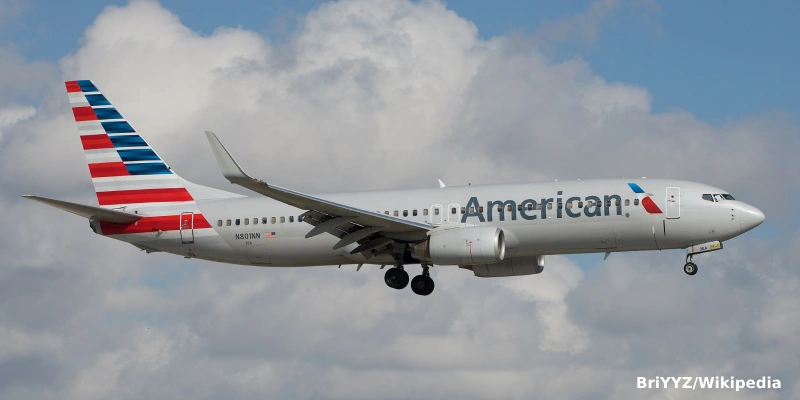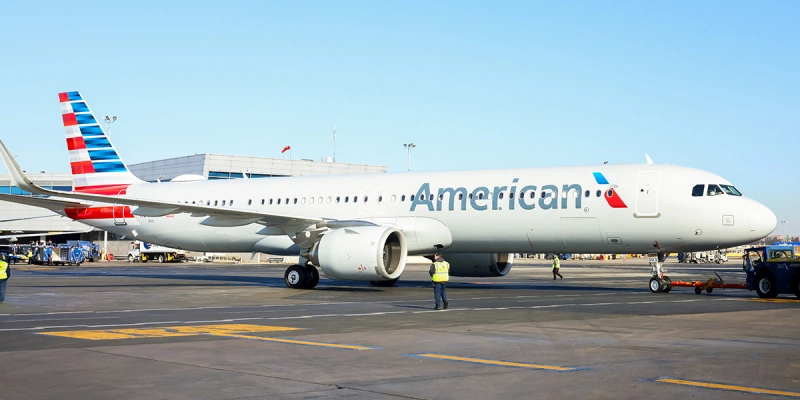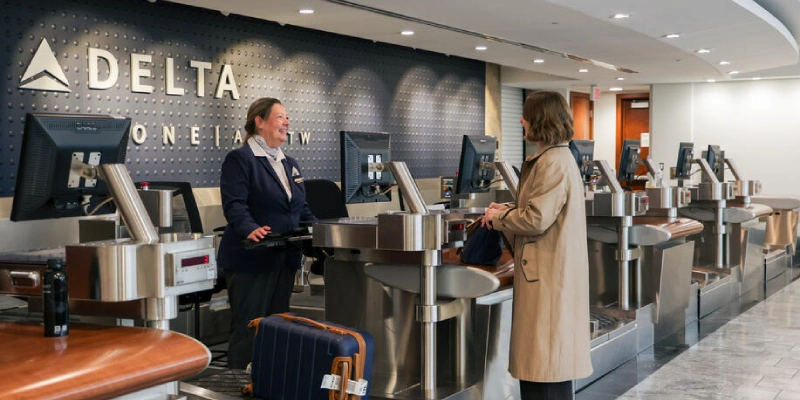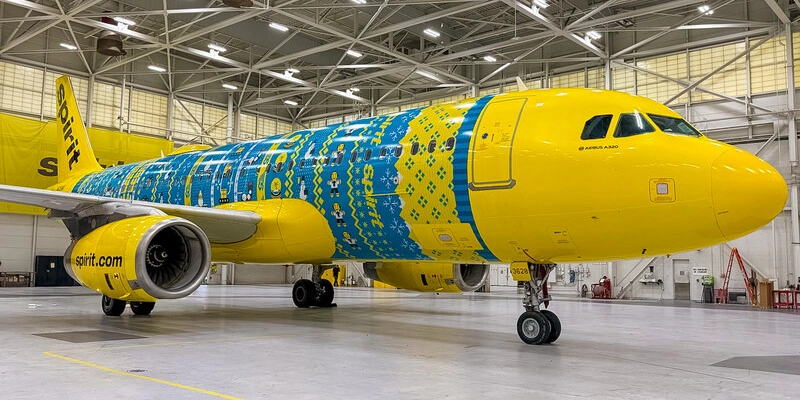The low-cost airline AirAsia has taken a crucial step toward expansion with a major agreement with Airbus. The Memorandum of Understanding, signed in Paris this Friday, includes the purchase of 50 A321XLR aircraft, with options to acquire an additional 20, for a total value of $12.25 billion.
A Landmark Agreement
The event, attended by the Prime Minister of Malaysia, YAB Dato’ Seri Anwar Ibrahim, marked a milestone in the evolution of the company, which is making a significant leap in its growth strategy. Tony Fernandes, CEO of Capital A and the driving force behind AirAsia, emphasized the importance of this partnership with Airbus, noting that the airline aims not only to expand its network but also to further democratize access to air travel.
“AirAsia pioneered low-cost travel in Asia. Now, we are taking this vision to the next level,” said Fernandes. With this agreement, the airline seeks to connect more regions and, for the first time, enable ASEAN (the Association of Southeast Asian Nations) to be better linked with the rest of the world.
A321XLR: A Game-Changer for AirAsia
The new A321XLR will be the cornerstone of this transformation. This state-of-the-art aircraft is a longer-range version of the successful A321neo. Deliveries will begin in 2028 and extend through 2032, providing AirAsia with the capability to operate non-stop flights between primary and secondary cities, both within Asia and on international routes. This opens new opportunities for the airline to expand its global reach.
→ Qantas Shuts Down Low-Cost Airline Jetstar Asia
Airbus Commercial Aircraft CEO Christian Scherer commented on the significance of this agreement, highlighting that the A321XLR will offer AirAsia greater aircraft utilization efficiency while also contributing to lower fuel consumption, improving both operational performance and environmental sustainability.
Sustainability and Operational Efficiency
One of the key advantages of the A321XLR is its ability to reduce fuel consumption by up to 20% per seat compared to the A321neo. This improvement in efficiency represents not only a significant advance in cost reduction but also a commitment to sustainability in aviation, a sector where CO2 emissions are a growing challenge.
The A321XLR will also allow AirAsia to optimize its cost model and increase fleet utilization, which is critical in a competitive global environment. Through its multi-aircraft strategy, the airline will be able to adjust capacity to passenger demand, giving it a competitive edge in terms of costs and operational flexibility.
Global Expansion and Goal of 150 Million Annual Passengers
The agreement with Airbus aligns with AirAsia’s long-term vision, which aims to transport 150 million passengers annually by 2030 and reach a cumulative total of 1.5 billion passengers since its founding. This ambitious goal reflects the airline’s sustained growth and its ability to remain competitive in a market that is recovering post-pandemic and experiencing rising demand for air travel.
Related Topics
American Airlines Launches Seasonal Route Between Chicago and Querétaro for Year-End High Season
American Airlines Debuts Airbus A321XLR on Transcontinental Route Between New York and Los Angeles
Delta Expands Delta One Check-In Spaces Across All Its U.S. Hubs
Spirit Airlines Celebrates Holiday Season with Special Livery

Un apasionado por la aviación, Fundador y CEO de Aviación al Día.




